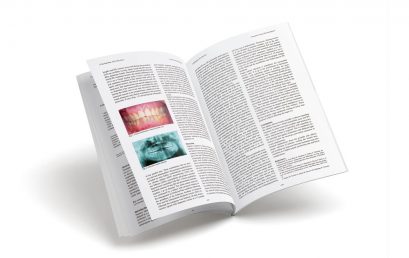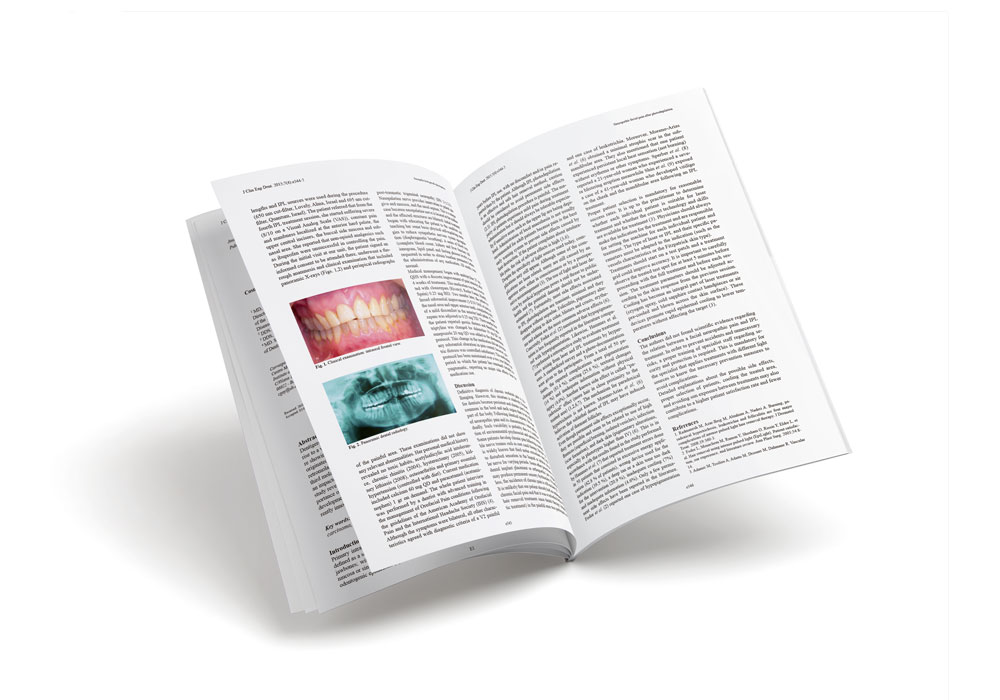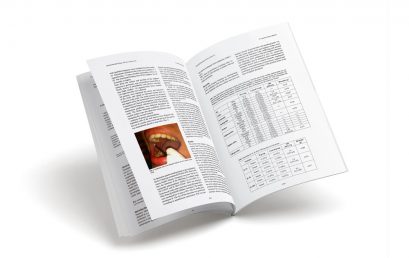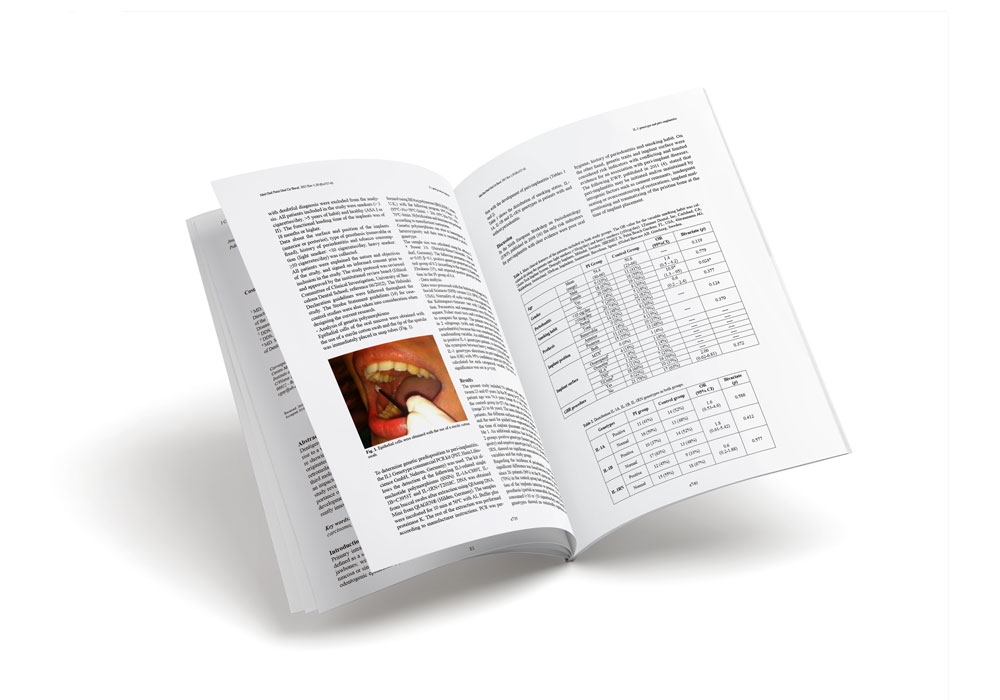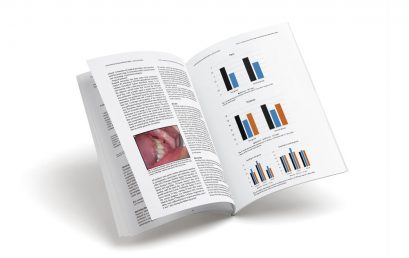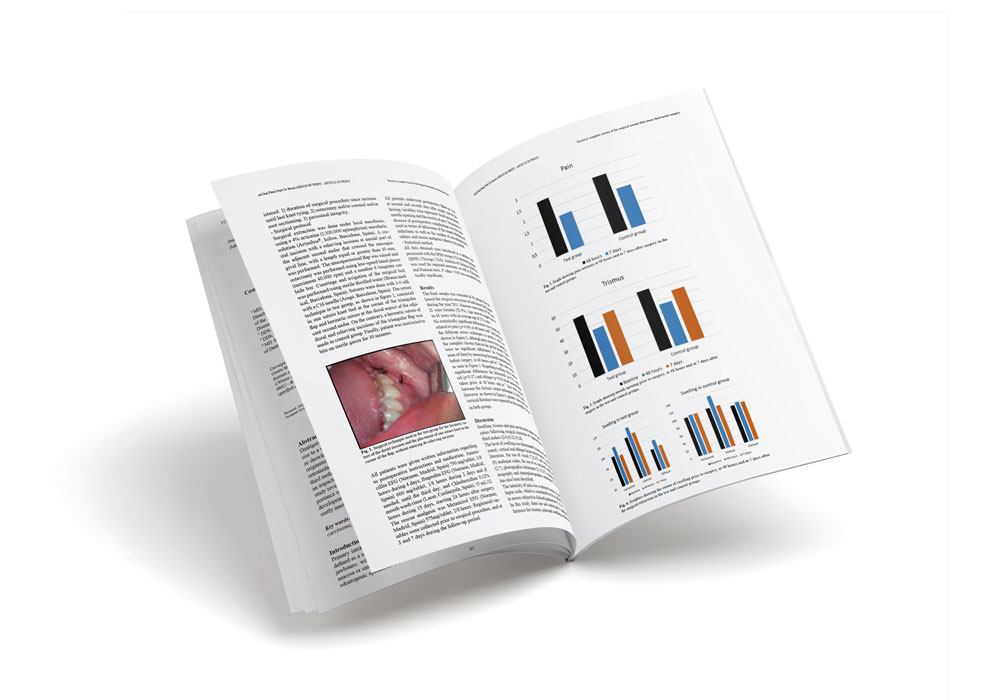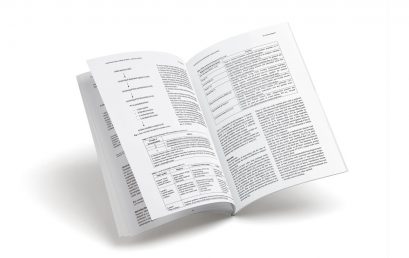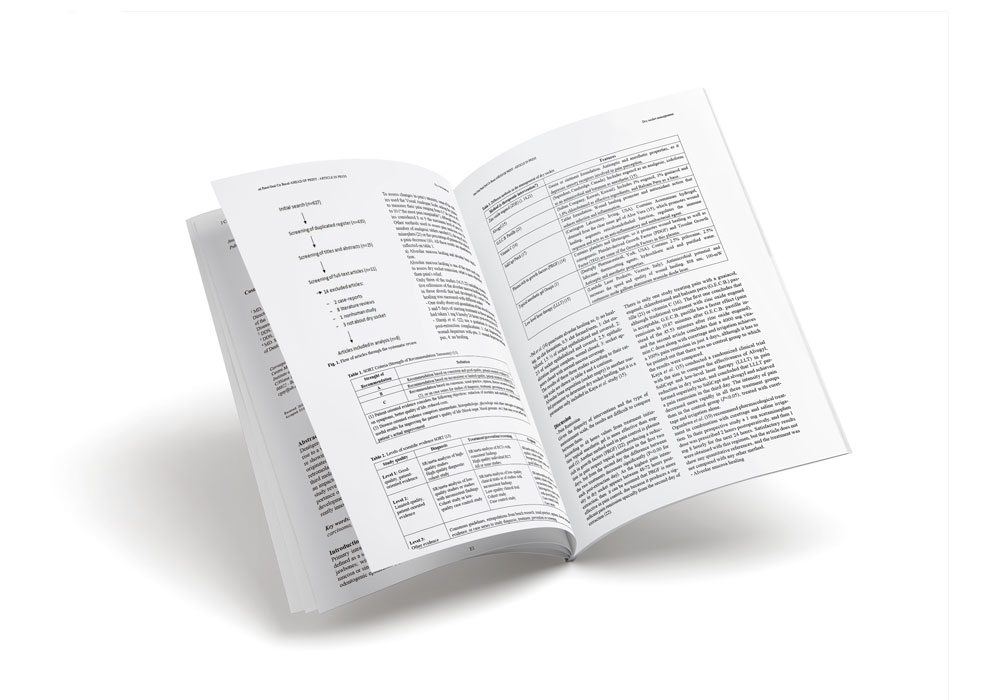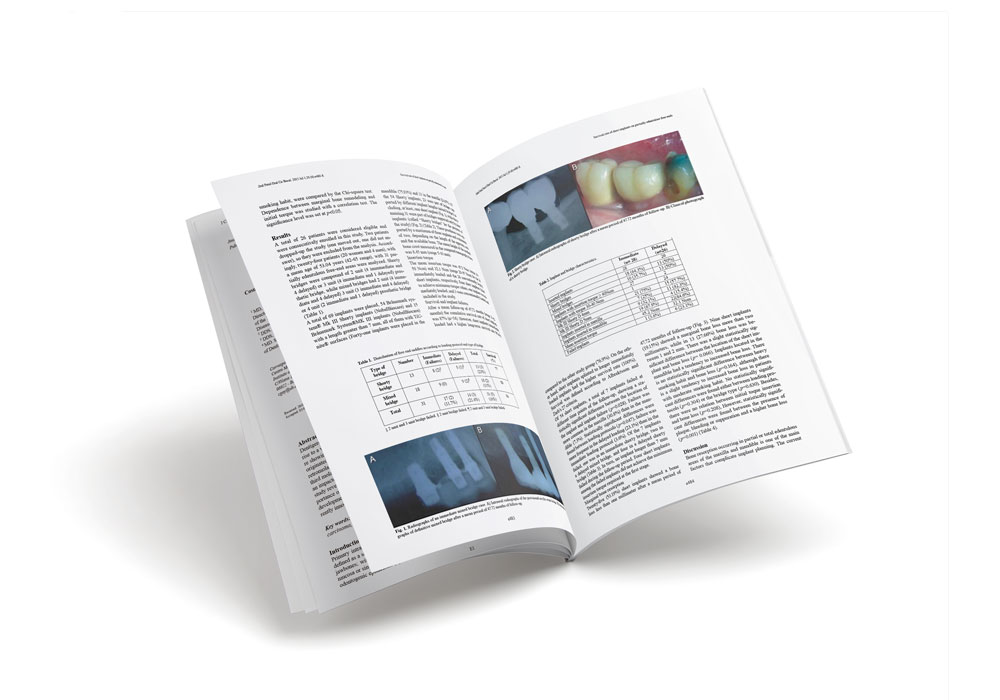

Survival of immediately versus delayed loaded short implants: A prospective case series study
Background: To assess and compare survival rates of immediately and delayed loaded short implants (7 mm) in free ends of a partially edentulous jaw with moderate-severe alveolar bone resorption.
Material and Methods: 24 patients with atrophic edentulous free-ends were included in this prospective study. Four study groups were monitored monthly and their behavior was evaluated: bridges supported only by short implants and mixed short and long implant bridge groups, both with immediate and delayed loading. Failures, bone loss, probing depth and bleeding on probing were evaluated.
Results: 54 Mk III Shorty TiU and 15 Brånemark System®MK III TiU implants with a length longer than 7mm were included in the study. Twenty-eight implants were inserted following the immediate loading protocol and 26 according a two-stage procedure, depending on the torque value. The cumulative survival rate of short implants was 87% (n=54) after a mean time of 47.72 months (range 33-62 months), showing statistically significant differences related to loading protocol (p=0.047). Short implants immediately loaded had a higher long-term survival rate (96.4%) compared to the other study group (76.9%). Besides, short implants splinted to longer immediately loaded implants presented the highest survival rate (100%). Twenty-five (53.19%) short implants showed a bone loss of less than one millimeter after the follow-up period. Statistically significant differences were found between bleeding on probing, presence of plaque or suppuration and a higher bone loss in both loading protocols (p=0.001). Conclusions: Immediate loading of short implants placed on free ends can be considered an option in the treatment protocol of patients with severe bone resorption especially if implants are splinted to others of greater length.
Survival of immediately versus delayed loaded short implants: A prospective case series study
